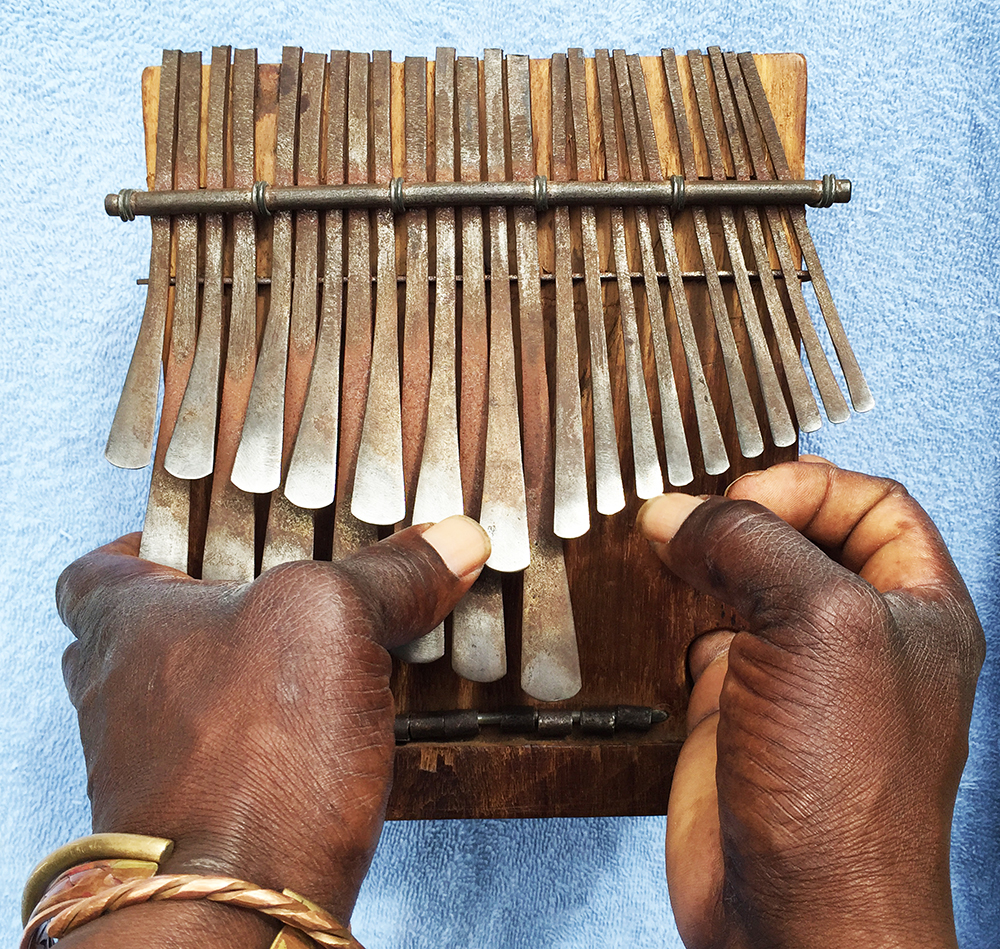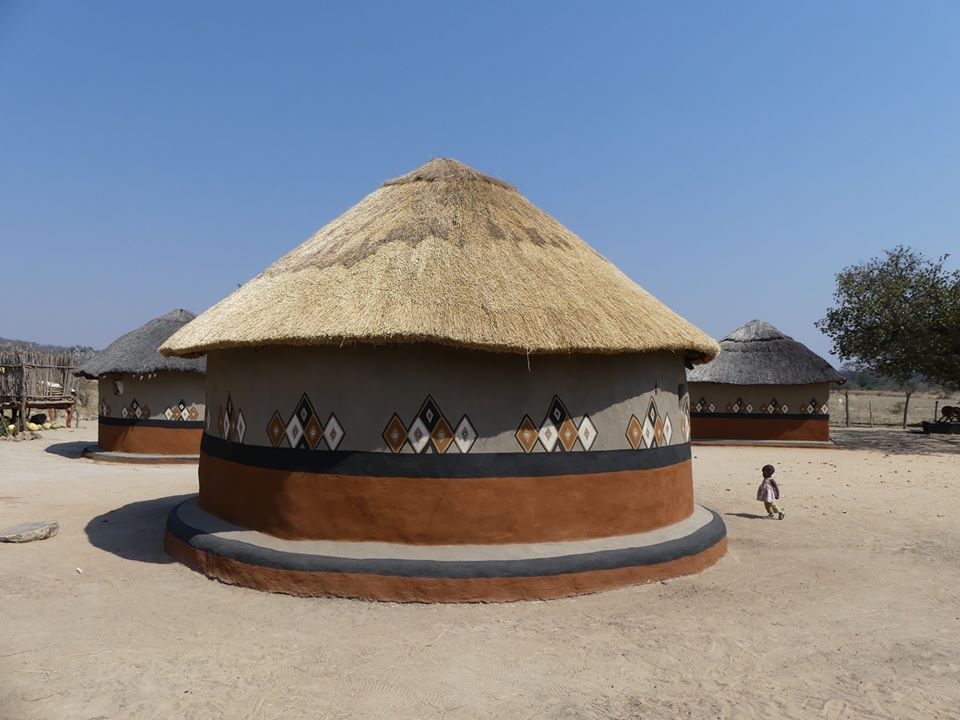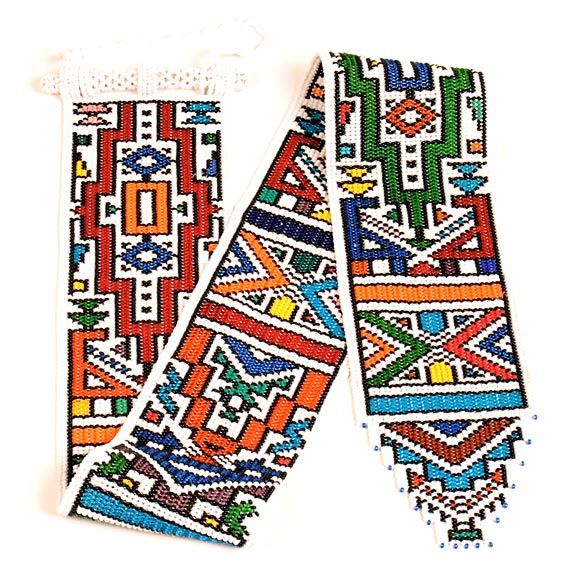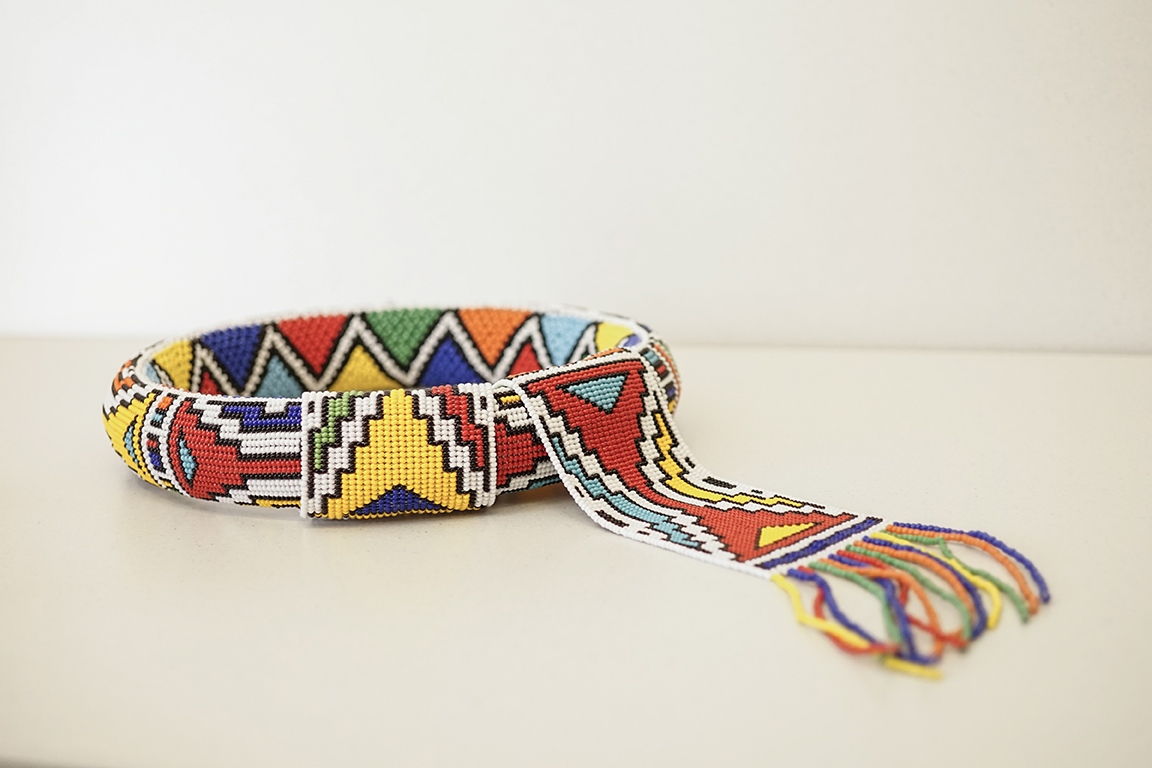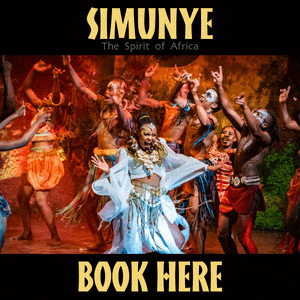Zimbabwe TraditionsOne of the earliest known Zimbabwe Traditions is the use of Totems
These totems, known as "mitupo", are used by the Mashona to identify the different clans that made up the ancient civilizations of the dynasties. The symbols are usually associated with animal names and provide the social identity of the clan. For example, Soko - monkey, Mhofu - beast, Shumba - lion, Mbizi - zebra, etc. They are also meant to guard against incestuous behaviour and to praise someone in recited poetry called "detembo". There are at least 25 identifiable totems and 60 principal names (zvidawo) in the contemporary Mashona society. Every Mashona clan is identified by a particular totem and a principal praise name, which distinguishes people who have the same totem but are from different clans, such as Soko Mukanya, or Soko Murehwa. People of the same totem are descendants of one common ancestor and the Mashona recognize this totem unity even across tribal boundary lines. Totem identity is very important at traditional ceremonies. For example, a person of the same totem, even when that person is from a different tribe, can initiate burial of the deceased. However, a person from a different totem cannot initiate burial and if he does, he risks paying a substantial fine to the family of the deceased. MbiraFor thousands of years, the Mashona have used the Mbira in their ceremonies. It plays a major role in Zimbabwe tradition. The mbira is a musical instrument constructed of a wooden board with staggered metal keys. Mbira music is sacred in the Mashona culture as it is used to contact both deceased ancestors and tribal guardians during all-night Mbira ceremonies. During these ceremonies, the people receive guidance from the spirits of family ancestors (vadzimu), spirits of deceased chiefs (mhondoro) and the most powerful guardian spirits of the Mashona (makombwe). Zimbabwe Tradition uses the mbira to govern the weather in times such as droughts and floods. It also chases away harmful spirits and cures sickness. The mbira is used in all celebrations, such as weddings and the installation of new chiefs, as well as death ceremonies. More on Zimbabwe Music.
Mbira (mbira.org) ArtworkThe Matabele people are renowned for their artistic talent. The women of the Matabele society are often the ones who carry on the African traditions and are the main developers of the wall art of their home. Painting is passed down from generation to generation by the mothers and a well painted home indicates that the female of the household is a good wife and mother. The woman of the house is responsible for the painting of the outside gates, front walls, sidewalls, and the interior of the home.
Modern day Ndebele village homestead The paintings portray values, emotions, marriage and personal prayers but sacred expression has never been portrayed in the paintings, as rituals and religions have never been a part of the Matabele house paintings. Originally, the paintings were derived from the Matabele beadwork and the patterns were hand painted without prior layout. Matabele women are also famous for their intricate beadwork. The women often wear beaded ceremonial dress but the men do so only on rare ceremonial occasions. Traditionally, the beadwork consisted of primarily white beads with translucent coloured beads that form a pattern. The beads were so small that a needle could not fit through the opening, so they were sewn together with sinew, which is stiff enough to make its own point. Today the women use larger beads sewn together with needle and thread because the traditional method is very taxing.
Ndebele beads DressAt one time it was common practice for a Matabele wife to wear copper and brass rings around her arms, legs and neck. The rings, called idzila, were believed to have strong powers and the wife would wear them to symbolize her bond and faithfulness to her husband once her home was built. The husband provided his wife with the rings, which were also a sign of wealth. Isigolwani, neck hoops made of grass and covered in beads were also worn by married women for ceremonial occasions. Isigolwani was also worn by newly wed women whose husbands had not yet provided them with a home, or by girls who were of age to marry.
Neck beads
Click on the links below for detailed information on these topics relating specifically to Africa..
Return from Zimbabwe Traditions to our Home Page |
|
||
|
|
|||
|
|
|||
|
| |||
